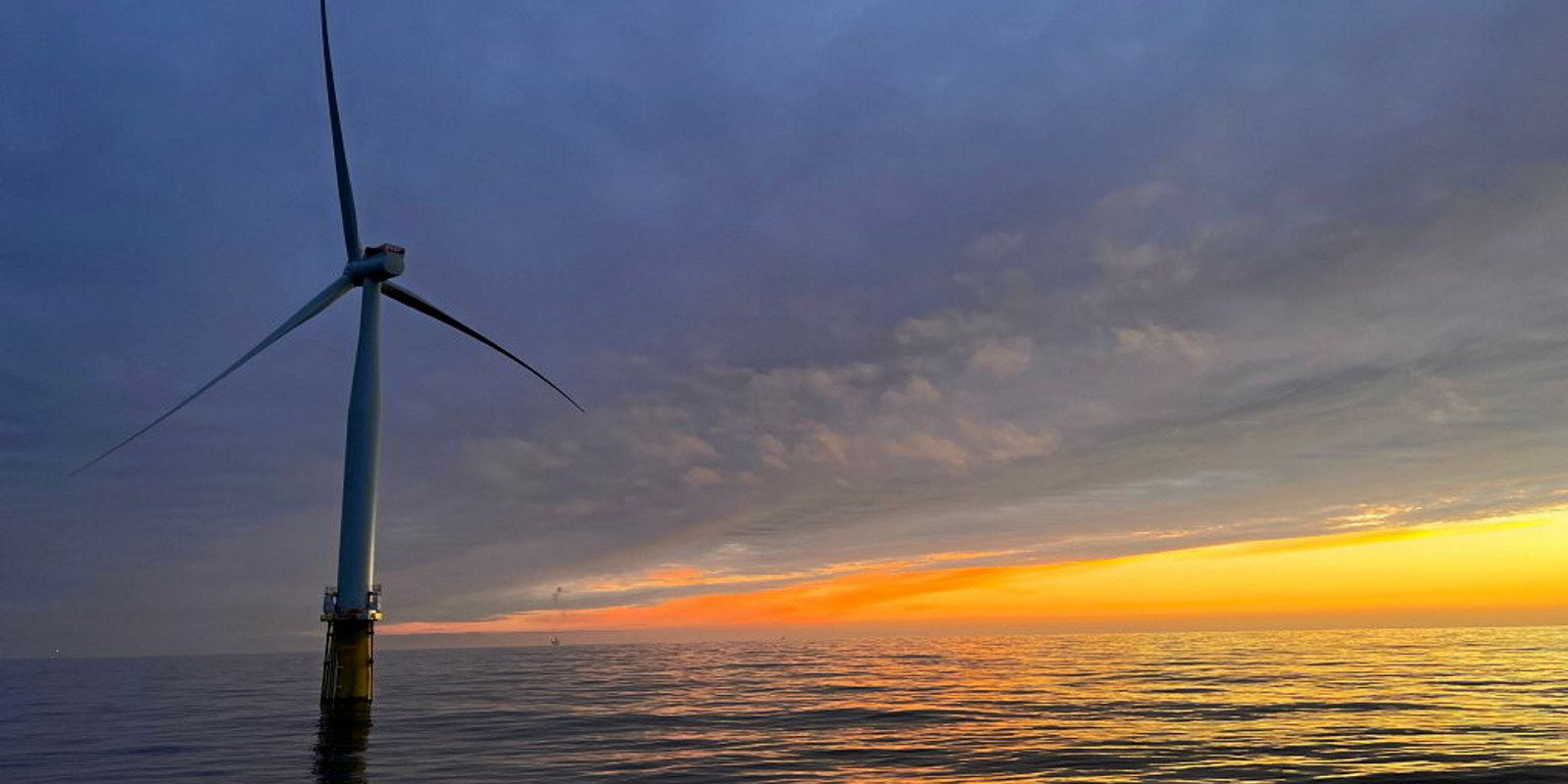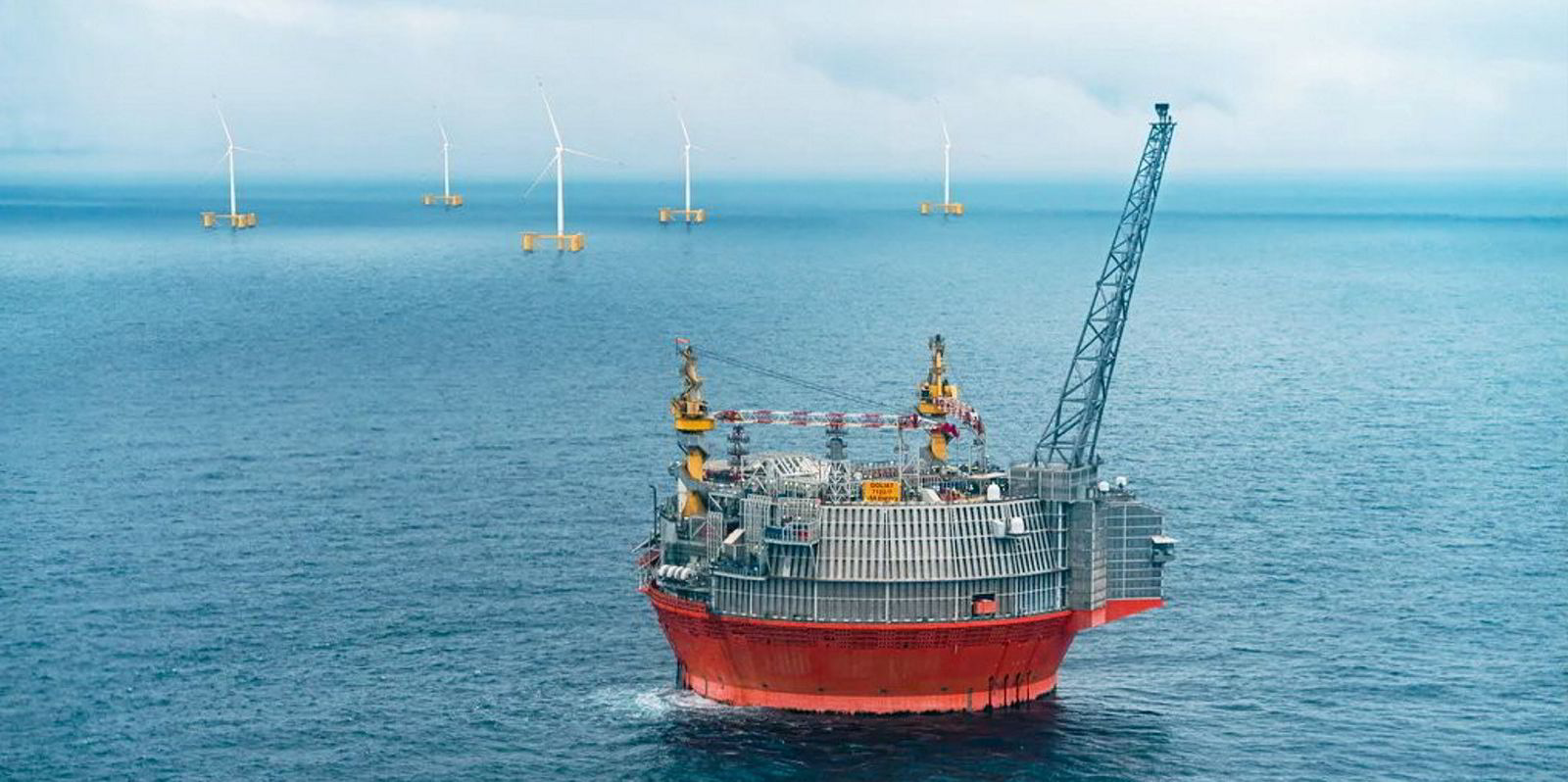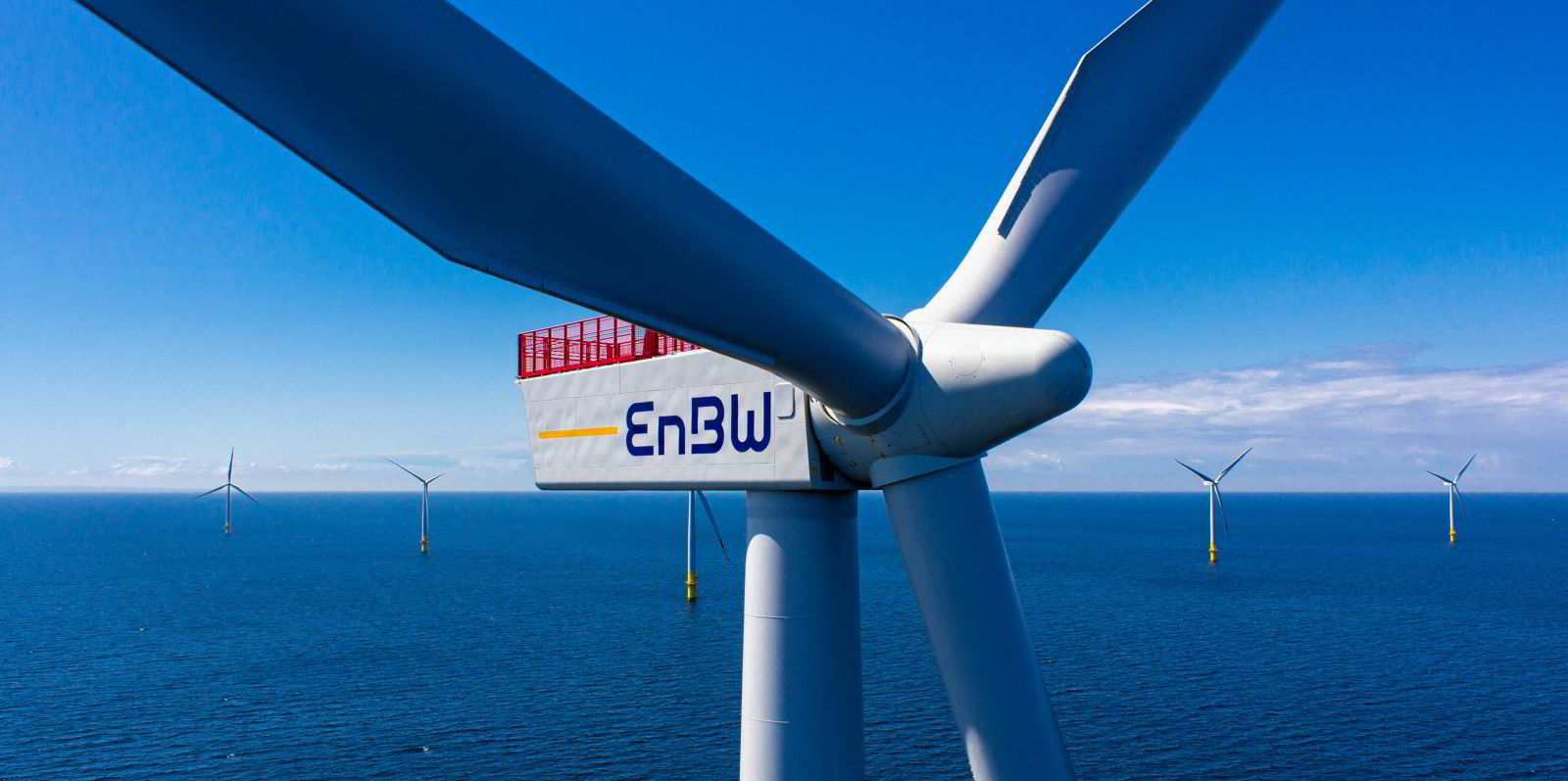Foreign agents have sabotaged a floating wind turbine and the towering structure has now escaped its moorings and is careening towards a tanker in a busy shipping lane. How do you regain control of it and avoid catastrophe? A competition has launched looking for answers.
Floating turbines are taking wind power to waters and depths that were previously impossible to reach, opening up huge new swathes of ocean as a potential home for green power generation.
Floating platforms can tackle these depths because rather than resting on solid foundations down to the seabed they are connected by mooring lines and anchors that can reach far further down (see video at foot).
Developer Corio Generation and Norwegian power producer Å Energi have this week launched a competition inviting start-ups to resolve a lingering and troubling question regarding the structures that keep the colossal turbines – potentially hundreds of metres tall – in place. What if they break?
“While it may be very unlikely to happen,” the problem of how to take back control of a floating wind turbine that has escaped its anchorage remains “one of the challenges to be solved” for the industry, said Jarle Dyrdal, head of offshore wind at A Energi.
Corio and Å Energi, which are partners on a floating offshore wind project in the Norwegian North Sea, are he said therefore “seeking input on how to develop innovative and effective approaches to tackling such a scenario.”
Floating wind turbines often operate in “high-risk areas, such as seismic zones and busy shipping lanes,” says a briefing for the competition. This raises the “significant challenge of managing emergencies, including partial or complete mooring system failures.”
“Such incidents, though rare, could have catastrophic consequences, arising from sabotage, collision, or manufacturing flaws, leading to turbines becoming freely drifting hazards.
“This calls for innovative solutions that ensure the safety of personnel, protect assets, and preserve the environment, all without necessitating the physical transfer of offshore personnel to these compromised structures.”
Roberts Proskovics, senior floating offshore wind specialist at Corio, said there are "established routines for dealing with ships and floating oil installations that have come loose from their moorings, but it is not a given that these are the most effective ways to regain control of a floating offshore wind turbine."
"We know how important cooperation is in developing major offshore wind initiatives, and so we very much look forward to discussing and developing ideas with the proposers in the weeks and months to come."
Corio and Å Energi are seeking “innovative, scalable, and low-maintenance solutions” for that problem that must be able to “withstand harsh North Sea conditions.”
The challenge is the first of a series launched under the Norwegian Offshore Wind Accelerator programme.
The winner of the competition will be announced at the Floating Wind Days conference in Haugesund, Norway, at the end of May, and then work with experts at the companies to further develop the winning concept.




